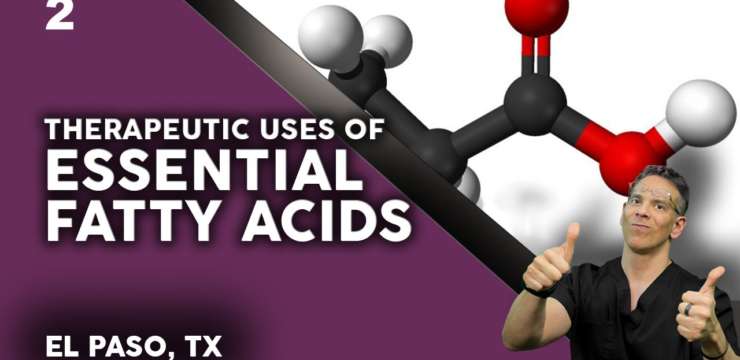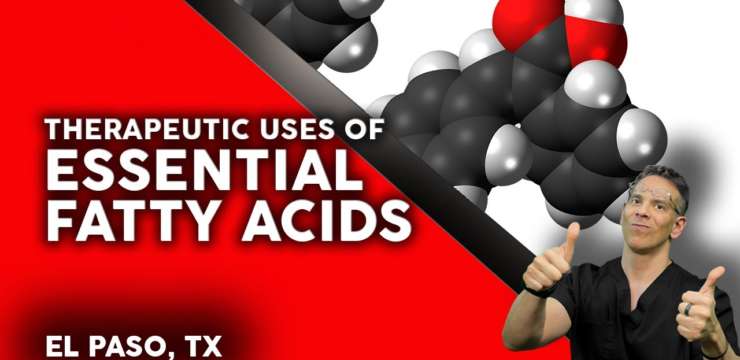Welcome to our new Functional Medicine presentation where an expert will be talking to us about case management of Allergies and Atopic Disease in depth.…

The spinal column, also known as the backbone, is a strong, flexible structure. It holds the weight of the head and torso. It allows movement in many directions. If it were a straight, inflexible rod, it would make humans walk like robots. However, that is not the case. The spine is flexible (moved and supported by muscles), which enables the ability to twist, hit a golf ball and bend. The spinal column surrounds your spinal cord like conduit around an electric cord. It protects the spinal cord, which can be thought of as a bundle of nerves running from the brain, through the spinal column and branching out to the rest of the body. The spine consists of three natural curves; the neck curvature or cervical spine, the upper back curvature or thoracic spine, and the lower back curvature or lumbar spine, all which make a slight “S” shape when viewed from the side. The spine is an essential structure because it helps support the upright posture of humans as well as provide the body with flexibility to move and protect the spinal cord. Spinal health is important in order to ensure the body is functioning to its fullest capacity. Not only is health coaching utilized to ensure your body is getting the proper nutrients, but it also provides you with strengthing activities to help with posture and protecting the spine. Dr. Alex Jimenez strongly indicates across his collection of articles on spine care, how to properly support a healthy spine.

Welcome to our new Functional Medicine presentation where an expert will be talking to us about case management of Allergies and Atopic Disease in depth.…

Welcome to our newest presentation where an expert will be talking about laboratory testing of Biomarkers of Immune Dysfunction. Stay tuned for the next episode…

Welcome to our new Functional Medicine presentation where an expert will be talking to us about case management of Autoimmune diseases and also covering some…

Hey welcome to our newest presentation where an expert will be talking about laboratory testing of Biomarkers of Immune Dysfunction. Stay tuned for the next…

Hey welcome to our newest presentation where an expert will be talking about Dietary Prescriptions for Chronic Inflammation & Autoimmune Conditions. Stay tuned for the…

Welcome to our newest presentation where an expert will be talking about the Therapeutic uses of Essential Fatty Acids. Stay tuned for the next episode…

Welcome to our newest presentation where an expert will be talking about the Therapeutic uses of Essential Fatty Acids. Stay tuned for the next episode…

Welcome to the last part of our newest presentations where an expert will be talking about laboratory testing of Biomarkers of Immune Dysfunction. Stay tuned…

On today’s podcast Spencer Salas and Dr. Alex Jimenez discuss CBD, TCH, and Hemp. Spencer answers questions in an honest and sincere manner bringing light…

Dietary Supplement Quality Guide: Dr. Jimenez, Health coaches Adriana Caceres and Faith Arciniega, and Clinical Nutritionist Ana Paola Rodriguez will discuss when practitioners are asked…

On today’s podcast Dr. Jimenez DC, health coaches Adriana Caceres and Faith Arciniaga, and nutritionist Ana Paola RodrÃguez will discuss how the changes in our…

Welcome to this new functional Medicine presentation, where an expert will be discussing Anthropometrics, Biomarkers, Clinical Assessment and Diet Evaluation. We hope you have enjoyed…

Welcome to our newest presentation where an expert will be talking about the case management of chronic infections and round table discussion: Dysbdiosis and Chronic…

Dietary Supplement Quality Guide: Dr. Jimenez, Health coaches Adriana Caceres and Faith Arciniega, and Clinical Nutritionist Ana Paola Rodriguez will discuss when practitioners are asked…

Welcome to our new functional medicine presentation brought to you by Dr. Alex Jimenez where an expert will be talking to us about the role…

On today’s podcast Dr. Jimenez DC, health coaches Adriana Caceres and Faith Arciniaga, and nutritionist Ana Paola RodrÃguez will discuss how the intracellular Body Water…

For an appointment please call: 915-412-6790 Fill your evaluation form online: dralexjimenez.livingmatrix.com/self_register_patients/new – If you have enjoyed this video and/or we have helped you in…